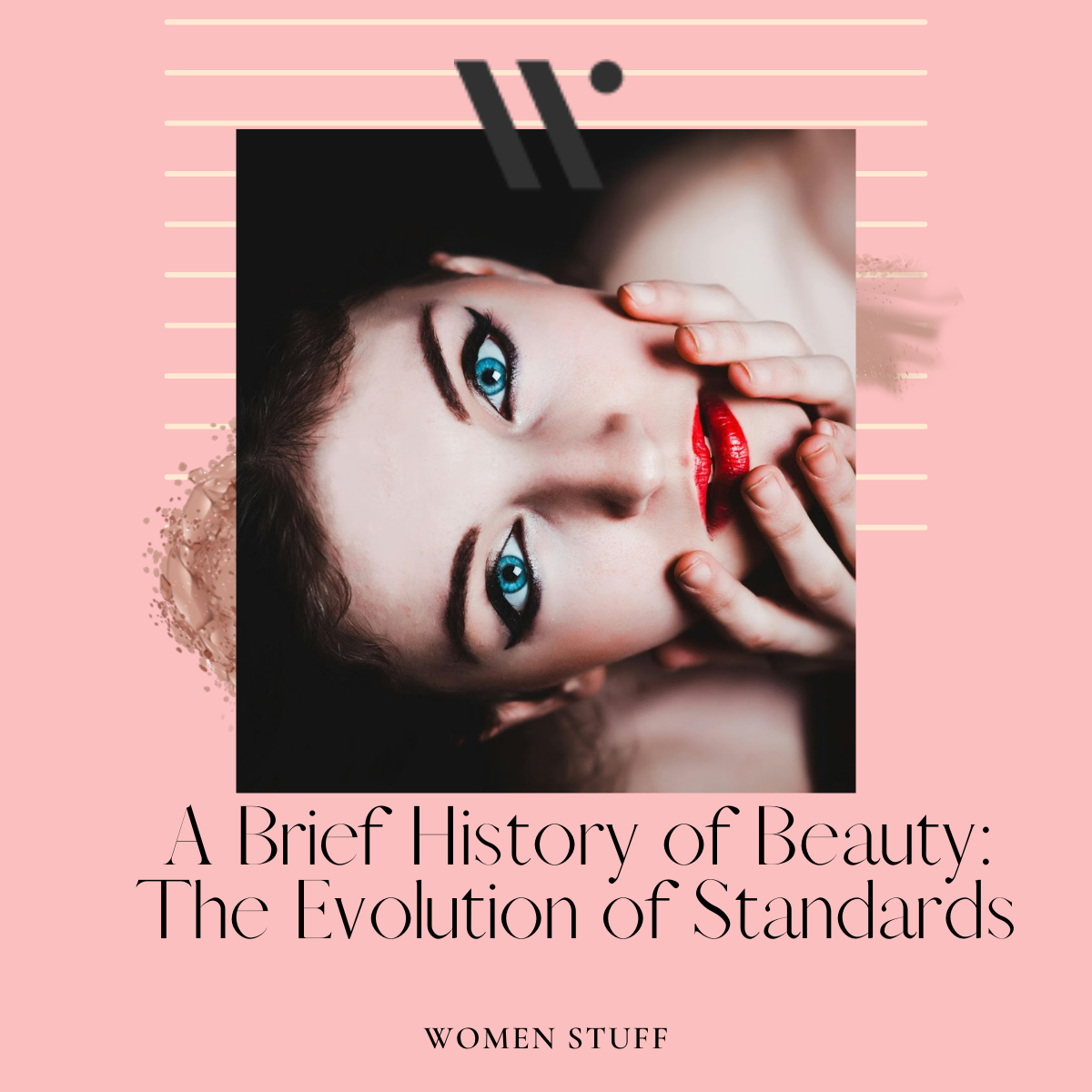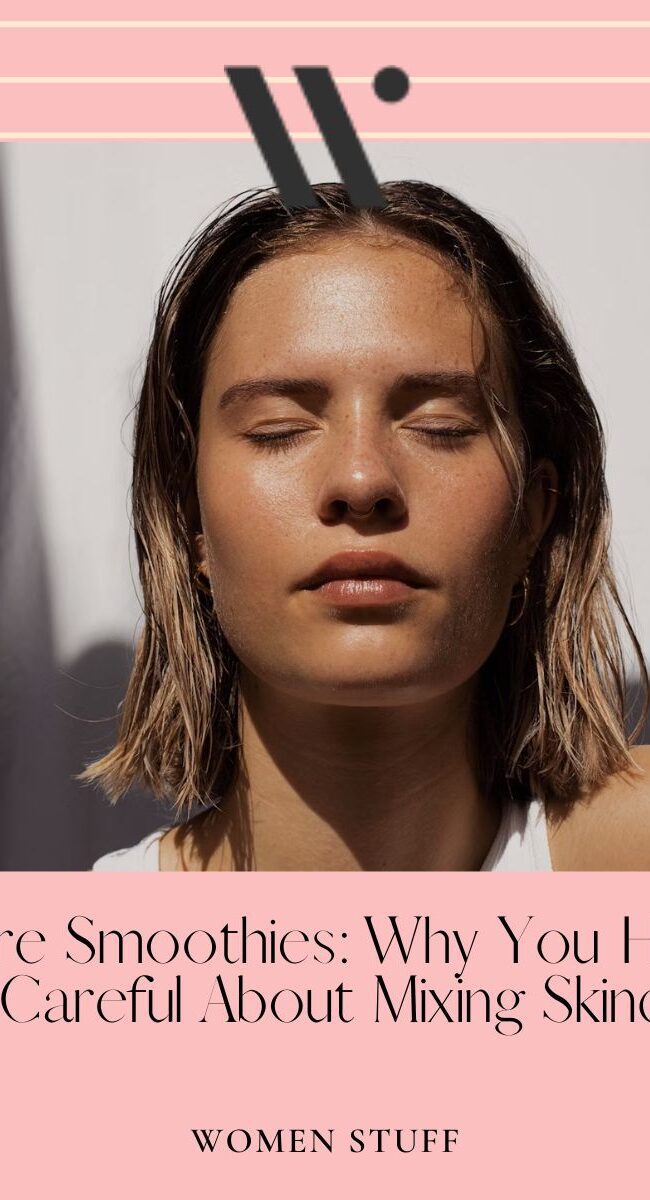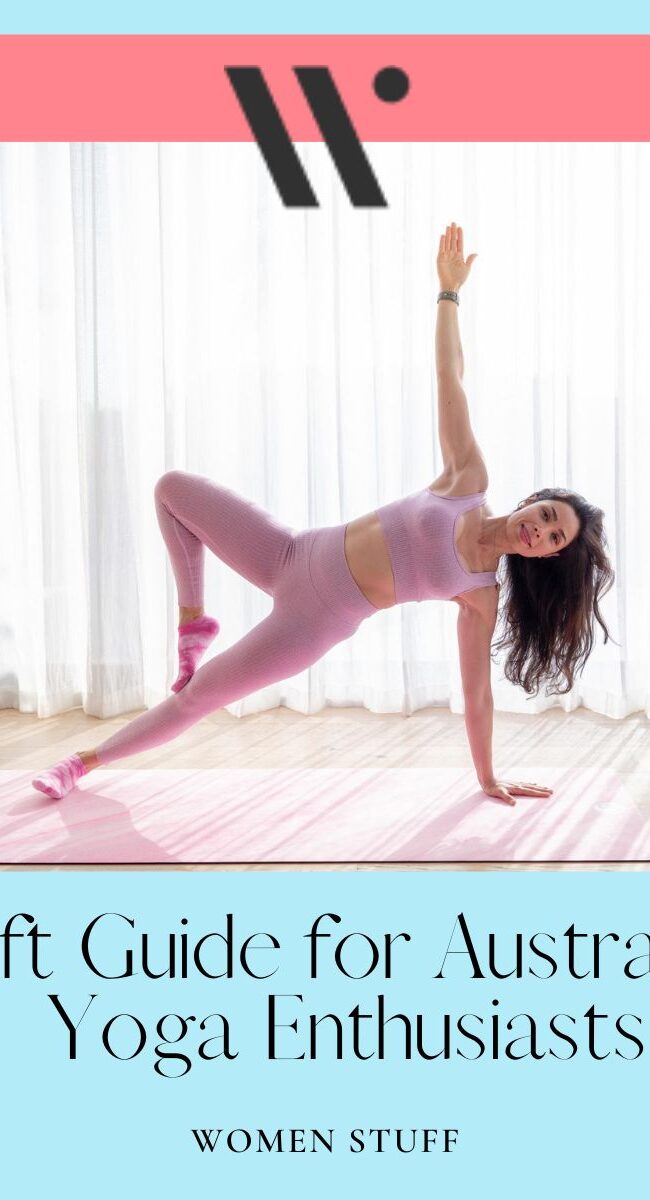
A Brief History of Beauty: The Evolution of Standards from BC to Today
We all have unique and different ideas of beauty. Certain standards or ideals have historically influenced different eras, and these standards are constantly changing, often established by influential figures or prevailing cultural trends.
The evolution of beauty standards illustrates this continual transformation, as societal ideals shift with time. Following someone who embodies our beauty ideal naturally inspires us to copy their style, whether through makeup, clothing, or demeanour. And although beauty goes much deeper than appearance, it would be naive to disregard looks as insignificant. After all, if appearance held no value, the concept of beauty would hardly receive as much attention.
Ancient Beauty Standards in Early Civilisations
Setting the foundations for beauty standards, ancient civilisations such as Egypt, Greece, and Rome have shaped our understanding of beauty. This historical perspective gives us an insight into the changing face of beauty over time.
Egypt
The use of cosmetics, far from being a modern concept, was prevalent among the ancient Egyptians as early as 4000 BCE. The iconic imagery of Egyptian queens like Cleopatra, adorned with black eye makeup and exquisite jewellery, still influences today’s beauty trends as the inspiration for the smokey eye look.
Even this far back, women were encouraged to enhance their beauty and assert their independence. The notion of beauty ideals through history is demonstrated in these ancient practices, showing a long-standing obsession with aesthetic appeal.
Greece
In contrast, classical Greek beauty ideals revolved around proportion, balance, and harmony. By the 5th century BCE, the Greeks celebrated these principles in physical appearance, setting the foundation for the Western beauty standards we know today.
For men at this time, standards were set much higher and the epitome of beauty was a muscular and athletic physique, while the ideal woman was full-bodied and pale, preferably with blonde hair. Depictions of Greek goddesses like Venus and Aphrodite, with their long, flowing blonde hair, became the beauty ideal for Greek women.
Rome
The Romans adopted the Greek ideals and introduced their own enhancements, including cosmetics, baths, and elaborate hairstyles. These embellishments reflected the vast diversity of their empire and added new dimensions to the established standards of beauty.
Modesty and Piety as Beauty in the Middle Ages
During the Middle Ages in Europe, from the 5th to the 14th century, beauty was often linked to spiritual purity and modesty, reflecting the Church’s influence. This period placed less emphasis on physical looks, favouring moral character instead.
Despite this, a pale, blemish-free complexion was seen as the standard of beauty, with a preference for whiter skin. To achieve this, women crafted homemade powders from wheat flour or ground lily root.
In keeping with the desire for a pale and pure appearance, lighter hair was more sought after. An early method for lightening hair involved using sheep’s urine, onion skins, or saffron.
A high forehead was also fashionable, and those wishing to highlight this feature would use quicklime and vinegar to recede the hairline further. To complement this look. Women wore veils and high hats, designed to accentuate the high forehead and give the illusion of an elongated neck.
The Renaissance Rebirth of Classical Beauty
The Renaissance era, spanning the 14th to the 17th century, saw a significant shift in beauty ideals, moving away from the medieval period’s more austere standards. This era marked a return for the appreciation of human beauty, art, and culture, drawing inspiration from the classical ideals of beauty.
The quintessential Renaissance beauty is captured in the masterpieces of artists like Titian and Raphael, who depicted women in their natural glory, emphasising their full curves and rounded figures. These portrayals, with their pale skin and long, flowing blonde hair, are a reminder of the beauty standards of Ancient Greece.
In this period, a woman’s fuller figure and delicate features were seen as the epitome of female beauty, signifying her as an object of desire rather than merely a symbol of fertility. These attributes, representing good health and wealth, were also considered reflections of her husband’s status. Despite these advancements, women were often still viewed not as individuals but as goddesses, muses, and objects of desire.
During this time, women used creams and oils to maintain their youthful appearance, although some of these substances were harmful to their health. This practice highlights the lengths to which they went to adhere to the beauty standards of their era.
Enlightenment and Elegance in the 18th Century
Following the cultural and intellectual advancements of the Renaissance period, the Enlightenment and elegance of the 18th century sparked a beauty revolution. Beauty standards began to reflect on the era’s love for opulence and refinement in personal appearance.
The era saw the rise of elaborate fashion and makeup, influenced by figures such as Marie Antoinette. This period marked significant innovations in beauty products and practices. Setting the stage for the modern beauty industry.
Until the dawn of the 20th century, pale complexions remained a coveted beauty ideal, with fashion emphasising the figure through corsets that cinched the waist and long flowing gowns. The way a woman presented herself in public was a direct reflection of her beauty, whether natural or enhanced.
The Rapidly Changing Beauty Standards of the 20th Century
With the advent of cinema, photography, and mass media, new beauty ideals spread rapidly and became accessible to everyone, not just the rich and famous. The 20th century witnessed more shifts in beauty ideals than ever before.
Leaving the voluptuous figures of the Renaissance far behind, the Roaring Twenties and the flapper era heralded a more androgynous silhouette. This era celebrated short bob hairstyles and a youthful aesthetic, setting the stage for the Hollywood Golden Age.
During this time, movie stars dictated trends in makeup, hairstyles, and fashion that were emulated worldwide. Another change in the 1960s and 1970s leaned towards a more natural look and freedom of expression. This decade was marked by the popularity of bronzed skin, feathered hair and ‘Hippie’ fashion. This was also the time that ushered in the Civil Rights Act, but despite this period of progress, the once popular curvaceous figures of the 50s were overtaken by a preference for a skinny and flat-chested shape like iconic model Twiggy.
Today’s Transforming Attitudes Towards Body Image
Just as cinema once shaped beauty standards during Hollywood’s golden era, social media today has democratised what we consider beautiful.
At the turn of the century, beauty was narrowly defined, favouring slim women. But, through the power of social media, this ideal has been challenged showing a shift towards body positivity. Celebrating a more inclusive and diverse understanding of beauty, thereby transforming attitudes towards body image.
Beauty, in all its forms, deserves celebration. While we may have personal preferences about what is attractive, this doesn’t mean that anything outside our preferences isn’t beautiful.
Beauty is not dictated to us anymore. We are free to choose and make our own decisions on how we want to look. Some women reject using make-up and shaving their body hair. While others feel their best by exercising to keep a slim figure or undergoing cosmetic procedures like double eyelid surgery. In the world of women’s beauty, there will always be fashions that come and go and different standards of what’s considered attractive, but whether we follow them or not will always be up to us.





